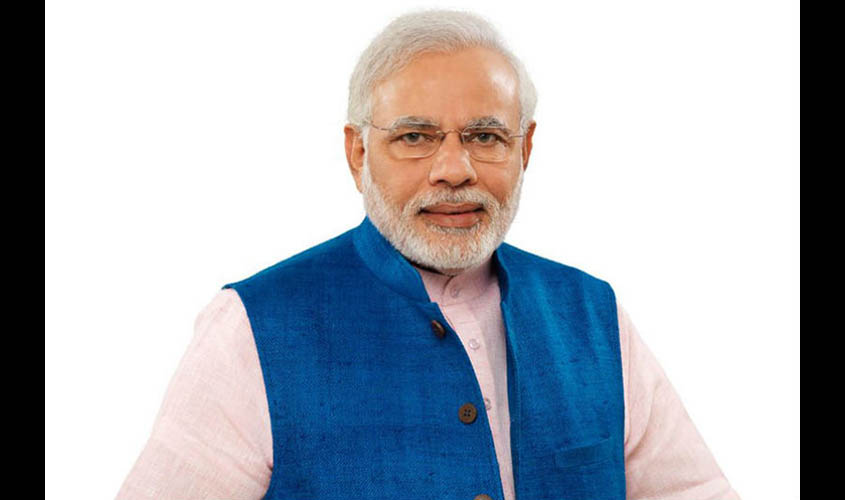Indira Gandhi had a far better grasp of politics than her rivals in the Congress, the hapless Siddavanahalli Nijalingappa and others in the sinister, albeit self-named, “Syndicate”. She first extinguished the vestigial symbols of privilege retained by the former princely families of India, who had handed over their fiefdoms in 1947 on the condition that a few of the benefits they had enjoyed as a consequence of their having been rulers would be retained, a promise made by Jawaharlal Nehru that was broken by his only child. During her reign (and the thoroughness and majesty of her regime deserves no lesser description), India underwent a cultural revolution almost as comprehensive as that witnessed by China some years previously. Not only were the princes neutered, and indeed some of them packed off to prison later during Indira Gandhi’s period in office, but the large-scale private sector was brought to the ground in a prone position by the 1970s, after having already been brought to its knees by Nehru in the 1950s. Large tranches of the economy such as banking and coal were expropriated from their owners, of course entirely in the public interest. As for government officials, Prime Minister Jawaharlal Nehru as well as Deputy PM Vallabhbhai Patel had a rare moment of unanimity when both favoured the retention of the vast powers acquired by the government during the British raj. Hence, the strangely similar regime set up after “post-colonial” independence. Under Indira Gandhi, all remaining doubts were quelled that the government had the power and usually the will to insert itself in practically all spheres of individual activity.
India was changed comprehensively by the Nehrus, father and daughter. And most people adored them for that, barring Indira Gandhi’s 1977-79 years of banishment from power caused by the Union Health Ministry during the previous three years seeking to reduce the population of India substantially through the expedient of making it a biological impossibility for millions of otherwise able-bodied males to procreate. Indira Gandhi would have won another term by 1985, although not by the margin secured by Rajiv Gandhi. In 1984, the shock assassination of the Prime Minister created a perception of insecurity—especially within the majority community—that brought back memories of the chaos of 1946-47. The Congress won at the expense of the BJP through winning over the core vote of the latter, just as Indira Gandhi did in 1971, because of the flaring up of tensions with Pakistan, which culminated in the division of that country within that same year.
Even a glancing acquaintance with the history of India will reveal the correlation between prosperity and stability. Periods of peace were those of relative plenty, while periods of unrest and conquest were followed by sharp declines in the living standards of most of the population. Which is why any fear of approaching chaos leads to a coalescing of support around a leader seen as strong enough to reverse the descent into mayhem. Had it not been for the rise to national primacy of Narendra Modi, it would have been Anna Hazare and lieutenants such as Arvind Kejriwal who would have gained exponentially in the 2014 Lok Sabha polls. Now, although the economy is still not out of the hospital, Modi has removed it from the ICU, helped in some part by factors such as a sharp fall in the price of oil and other commodities during
Rapid development is not a choice between rich or poor, but is necessarily a process in which both gain. A characteristic of high growth is a steady inflow of the poor into the ranks of the middle class, and of the latter into the ranks of the wealthy. The conversion into an everyday reality of Narendra Modi’s call for “Minimum Government” can ensure that the economy get freed of the constraints placed on it by the colonial Lutyens model of governance. Over the years and counting, a blizzard of regulations have fallen as rain on the heads of citizens, designed for instance to stop drunk driving by shutting down businesses that employ 6 million people, or sending to jail hapless administrators of websites, so that no tech entrepreneur will want to set up shop in this country. Narasimha Rao gave us Reform 2.0, and now what must take place under Modi is Reform 4.0. A reform that gives the citizen and not the bureaucracy primacy through policies designed to ensure success within a decade of our country’s quest for middle income status.

